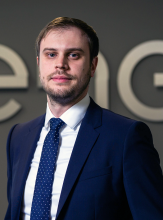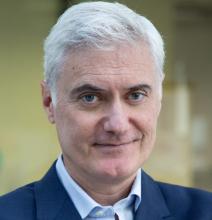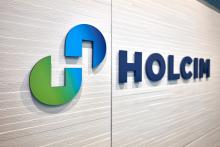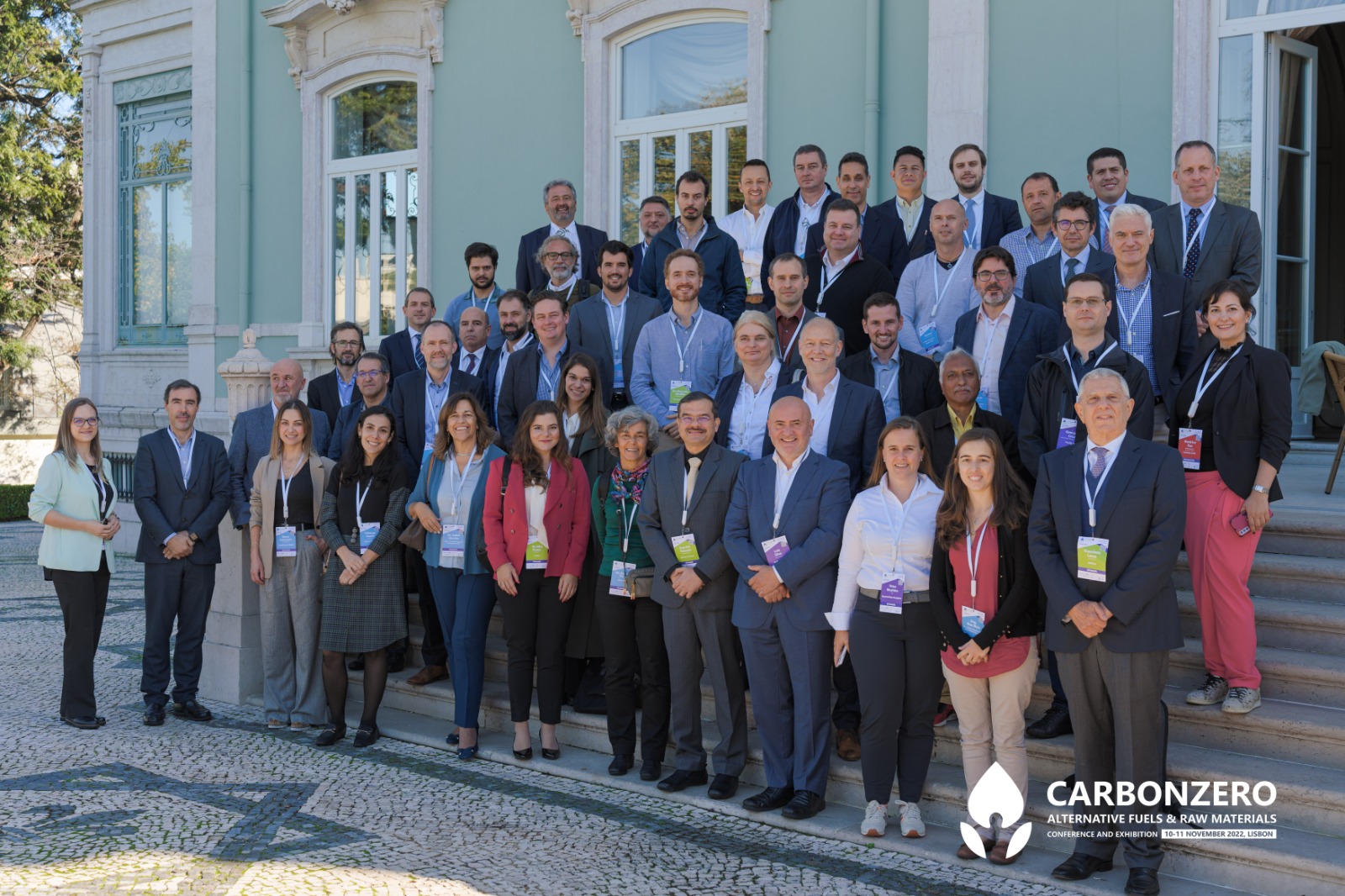
On 10-11 November, the CarbonZero Global Conference and Exhibition brought together a large array of leading experts to find and outline the most effective solutions for decarbonising the global cement industry, which is responsible for almost 8% of the world's CO2 emissions.
The topics that make the agenda of the biggest cement and other building materials companies worldwide and the latest developments and challenges in product manufacturing and technology applications were discussed at this one-of-a-kind forum on Alternative Fuels and Raw Materials at Pestana Palace Hotel & National Monument, Lisbon.
One of the conference's main conclusions is that these troubled present times require clear policies and instruments for a clean and safe future. It's time for the whole industry to move from "we need to..." to concrete steps to ensure the decarbonisation of cement and concrete based on alternative fuels and raw materials. The circular economy is a real thing the industry should tend towards. And today's waste should be turned into tomorrow's raw material.
One of the largest cement producers in Latin America, Cementos Argos, included, for the seventh consecutive year in the Dow Jones Global Sustainability Index (DJSI) as one of the most sustainable companies in the world was represented by Mauricio Giraldo, Alternative Fuels Director, and Edgar Martinez, Senior Sustainability Director. The conference delegates were presented with the company's successful practices and steps they take for decarbonisation.

Dr. Edelio Bermejo, Head of Group R&D and IP at Holcim, explained the way Holcim dedicates more than 80% of its innovation resources to developing sustainable products and solutions and recently launched ECOPlanet, its global range of green cement, delivering at least 30% lower carbon footprint with equal to superior performance.

Heidelberg Materials, German Innovation Award for Climate and Environment Winner, represented by Jan Skocek, Head of Global R&D, explained technological advances Heidelberg Materials has made to enable the 100 % recycling of concrete by reusing all constituents back in the original materials. "Circularity of concrete, cement, and CO2 is possible now."
Some ambitious decarbonisation goals for South Africa by increasing the utilisation of AFRs in the cement sector were highlighted by Dr. Dhiraj Rama, the Industry Executive of Cement and Concrete South Africa. This can provide an appropriate response to decarbonisation as well as grow the circular economy.
The Group Commercial Head of Dalmia Cement, one of India's most promising, fourth-largest cement companies, "Green Hero Award" winner, Saurabh Palsania, talked about the benefits of co-processing and explained how to support and serve waste generators for a clean future.
KHD, Firefly AB, Bedeschi, and SpectraFlow Analytics, the conference sponsors, outlined the most effective solutions and technologies for several types of challenges regarding fire risks, handling, and storage of alternative fuels and raw materials.
Matthias Mersmann, KHD CTO, underlined interesting options to use different alternative fuels and raw materials and described the necessary process and equipment adaptations for efficiently decarbonising the cement industry.
M. Sc. Eng. Fabio Chignoli presented Bedeschi's point of view on "Challenges in handling material" while looking for solutions to reduce the CO2 footprint of cement production.
In the same vein, fires are especially common in factories with an increased concentration of combustive materials, volatile substances, and equipment. Raúl Moreno, Director at Firefly Ab, presented solutions for this high-risk problem.
The answer to the fragility of the renewable energy supply, offered by Petra Muehlen, CEO of SpectraFlow Analytics, is to turn all kinds of waste into fuel. Realtime online Near Infrared (NIR) analysis not only provides the opportunity to minimise volumes of organic fuels by increasing the number of alternative fuels but also maintains a high performance of the kilns.
Fokion Tasoulas, Executive Director of Titan Cement, also shared that the cement industry can gain advantages in digital competition if it sees digitalisation as a driver of sustainability. To implement such a change of direction, in addition to building materials sector strong collaboration between stakeholders, it requires a climate strategy, measurable goals, clearly defined action plans, and reporting that assesses the effectiveness of the measures.

Dr. Rita Prates, Policy officer at ZERO - Association for the Sustainability of the Earth System, and Sandro Conceição, Director of Co-processing & Renewable Energies at Cimpor shared with the audience Portugal's decarbonisation goals. Conceição presented Cimpor's Road Map, including projects to reduce CO2 emissions above 50% compared with 1990.
Dr. Yianni Spanos, Director of Sustainability at KEO International Consultants, shared his experience in developing sustainable real-estate assets, low-carbon solutions, and urban development programs in the Middle East & North Africa, the UK, Europe, and West Africa.
Another encouraging presentation was delivered by Abut Özsezikli, GM and Board Member of MedCem Global, which declared that a substantial decrease in CO2 emissions (25%) for cement and concrete is at the industry's fingertips and could be reached overnight with negative investment and with no additional cost.
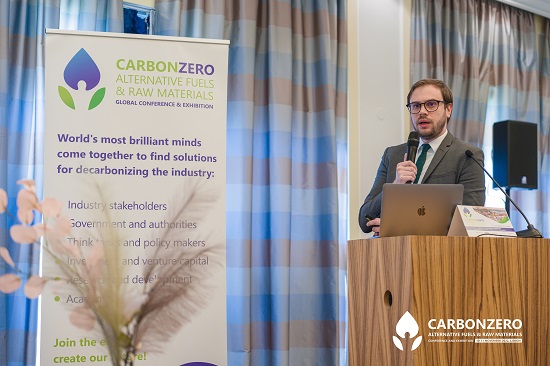
On the other hand, the energy crisis and geopolitical instabilities are pushing toward an innovative approach to critical minerals. The topic was presented at CarbonZero by Andrei Covatariu, the renowned international energy expert. The past decades have witnessed an increase in environmental concerns, determining national governments to invest in low-emission technologies aimed at harvesting and efficiently using local natural potential, making thus critical minerals vital ingredients.
Another angle of approach to use local natural potential was given by Francisco Leme, President of ABREN - the Brazilian Association for Energy Recovery of Waste. Leme shared at CarbonZero Brazil's perspective of RDF utilisation for carbon footprint lowering.
C+ executives and decision-makers from cement manufacturing companies, equipment and technology producers, and Innovation, Research and Development Environmental professionals have decided that they need the support of authorities and regulators to change rules that are no longer in line with the current needs of the industry.
Also, as a natural outcome of the conference, Industry Link is launching the Meeting Club, an exclusive event participant club with significant discounts and perks for its members.


